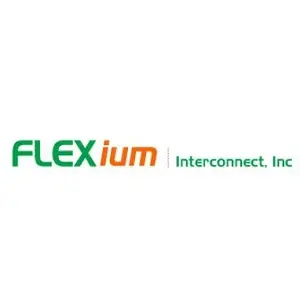Gushan District
Kaohsiung City
804
Taiwan
WHAT’S FPC
An introduction to the flexible print circuit board (flexible PCB)
In recent years, there is a significant reduction in size as well as weight of portable electronic products such as mobile phones, digital cameras and camcorders because of the built-in electronic components. Many of these electronic components have the wire and the terminal soldered on the probe inside the zone of a circuit board for electric current connection. Often the use of flexible boards is to have the connection of electric current among various circuit boards. A flexible board is also used for electric current connection between a camera module and other parts of a circuit board.
The structure of flexible circuits has significantly become more important in recent years. It is because the structure, as compared to that of a rigid PCB, offers more advantages. A flexible PCB is lighter by weight and slimmer and smaller by size. It also has characteristics including a better extension and flexibility, and a higher density of the wiring. A flexible PCB can have a 3-dimensional wiring and its appearance can be modified according to the space limitation. Because of its flexibility, a controlled weight and other similar characteristics, a flexible circuit offers a typical efficiency for electronic packaging. For a high quantity of production, the cost of production can be significantly reduced by combining the flexible circuit with a more efficient production procedure.
A description for general flexible PCB
A flexible PCB includes a flexible board that offers the wiring and the connection pad. The conduction was achieved via wirings surrounding the flexible board. The printed circuit board (PCB) used in the flexible PCB is made by brazing the copper clay laminate onto a resin baseboard and then it is fitted into an intact circuit board, either by adhesive agents or thermal pressure, to achieve a multilayer connection. A circuit board may have one or more than one multilayer conduction, and this is similar to having one or two sides of the surface of a main circuit board. A circuit board usually provides many layers of functions in extra, for example, an insulating layer, an adhesive layer, a compressing layer and a hardened layer. A typical plastic baseboard of an optical conduction circuit board is made by polyimide or other similar engineering plastic materials, such as polyether-imides or PBT. Some adhesive agent, e.g., resin adhesive, is applied on the top of the baseboard, and then majority optical fibers are placed on top of it.
Sorry, no records were found. Please adjust your search criteria and try again.
Sorry, unable to load the Maps API.
